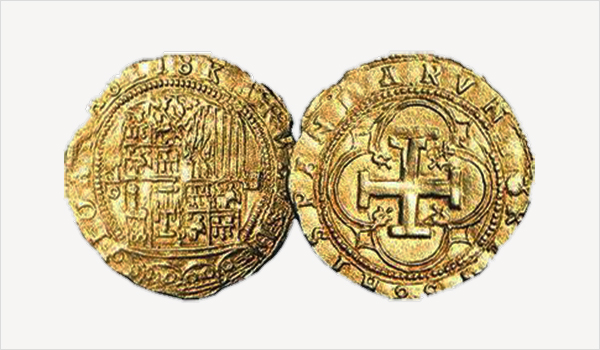
The Spanish doubloon was the model for the other European gold coins. The doubloons were used in commerce during the galleon trade.
Originally, the doubloon is a Spanish gold coin made in Spain, Mexico, and Nueva Grenada from the sixteenth until the middle of the nineteenth century.
The word “doubloon” traces its roots from the Latin word “duplus,” which means “double” and eventually, from the Spanish verb “doblón,” meaning “to double.” The face value of the old Spanish doubloons doubles as the denomination increases.
Thus, the smallest denomination of the doubloon is one escudo, followed by two escudos, four escudos, and eight escudos respectively.
A piece of doubloon is equivalent to 16 silver coin pieces or 128 reales. Traditionally, the gold doubloon and the silver pieces of eight coins were often broken into smaller parts to make half or quarter denominations.
What is the cross design on the Spanish doubloon?
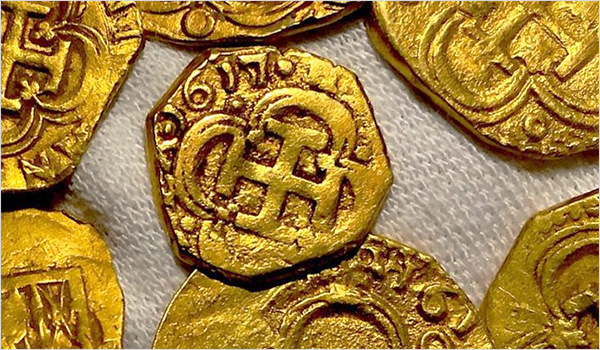
The cross struck on the doubloon’s reverse is the “Crusader’s Cross.” The stamped design signified the undivided union of the Catholic Church and the Spanish government during the 16th and 17th century.
The reverse of the doubloon also depicted a lion and a castle to illustrate the provinces of Leon and Castile, respectively.
The obverse of the dubloon shows the “Hapsburg Shield” which is the family emblem of the House of Hapsburg, the ancestral lineage of Queen Isabela and King Ferdinand of Spain.
Why are the dubloons roughly circular in shape?
The unpolished look of the Spanish doubloons owes it to their rudimentary minting process called the cob coinage. In Old World Spain, long before the days of the machine-stamped coins, gold coins were crudely made by hand.
Pure gold was melted and poured onto stone slabs by strips. While the melted gold was still malleable but cool enough for handling, it was pressed or hammered to meet their appropriate thickness.
Then the round discs were manually cut from the strip of gold to make the coin blanks. The engraved coin dies were struck several times to imprint the design on the gold coins or gold cobs.
Each doubloon roughly weighed 6.77 grams. The excess metal was hastily snipped off around the edges to achieve the exact weight.
How was the Spanish doubloon adopted in other countries?
The Spanish doubloon became the prototype for gold coins in other countries.
The gold doubloons were also minted in the Portuguese colonies and were called the dobrão. The French counterpart for the dubloon was called the Louis d’or, minted in 1640 by Louis XIII. In Italy, it was known as the doppia.
The Swiss called it the duplone, and the Germans named it the pistole. The Friedrich d’or was produced in Prussia from 1741 until1855. In 1787, a goldsmith from New York named Ephraim Brasher made his own gold coins. It became known as the Brasher Doubloons which is now one of the rare American coins.
In New Orleans, Louisiana, Rex Krewe made small aluminum discs which he named mardi gras doubloons. Since 1959, it became a tradition to throw the krewes or the aluminum doubloons during the grand Mardi Gras Festival.
How did the gold doubloons get to be dispersed to the other parts of the world?
The Spanish conquistadors brought the doubloons with them in their navigations around the world. The gold dubloons were traded for luxury commodities like spices and silks in the Orients.
The history of the Spanish gold doubloons was also closely tied to the infamous pirate legends. The big sea vessels and merchant ships were always in danger of pirate attacks because they were loaded with gold doubloons and silver reales.
It was common to find Spanish doubloon coins in pirate loots. The marauding pirates also traded the doubloons in other places for seafaring supplies and ammunitions. Gold doubloon coins are also abundant in shipwrecks of Spanish galleons.
What is the doubloon coin value?
Doubloons were widely circulated in the West Indies and South America until the year 1860. In the Old World, the Spanish doubloon was considered as a gold bullion coin.
Thus, even if the doubloons did not have a legal tender, their value was based on their gold content.
Today, surviving specimens of Spanish gold doubloons with an excellent grade and exceptional rarity has an average price of US $4, 000.
There are doubloon replicas made of golden metal chips that are sold in specialty shops and coin stores. The faux doubloons are usually sold in sets and are only for display. Patterned after the real Spanish escudos, the imitation gold dubloons are priced for a few US dollars.

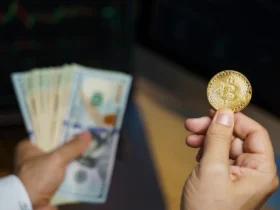


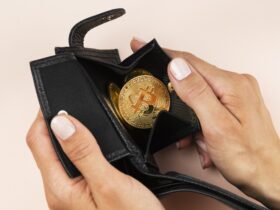
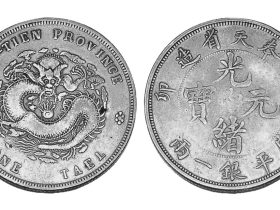
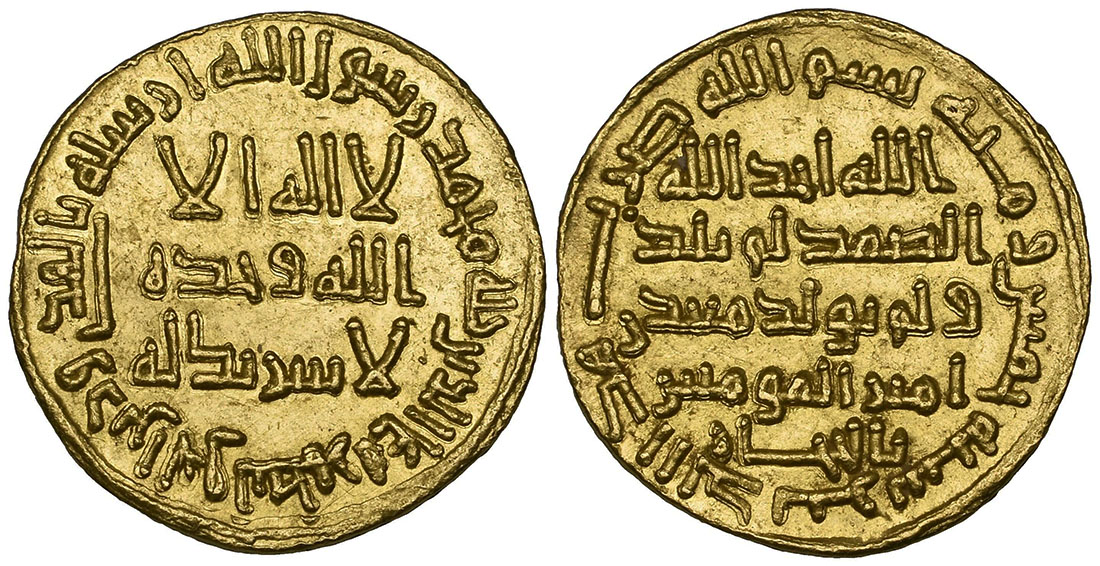

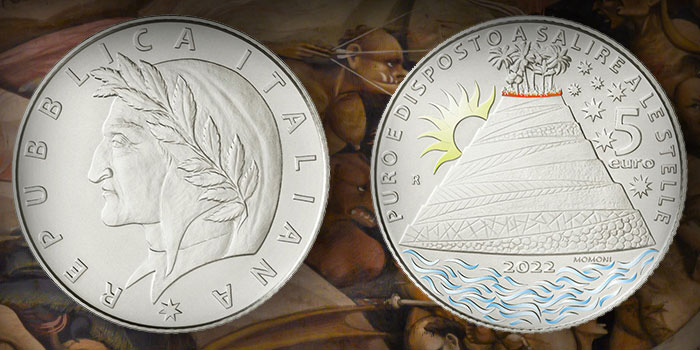

Leave a Reply